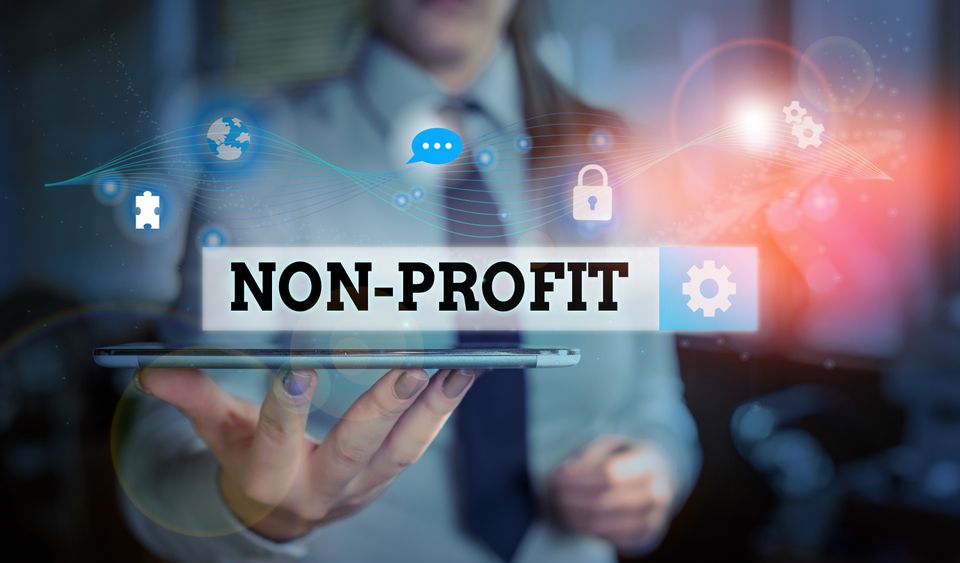The world of nonprofit organizations is becoming increasingly dependent on digital technologies to expand their reach, generate resources, and create meaningful connections with supporters. In 2024, it is more important than ever for nonprofits to invest in a robust and results-driven digital strategy that can help them navigate the ever-evolving digital landscape and unlock their full potential for creating positive change.
A well-crafted digital strategy can effectively support the overall mission of your nonprofit, optimize the use of your limited resources, and maximize the impact of your efforts. However, developing and implementing such a strategy can be a challenging task, considering the various aspects that need to be accounted for and aligned with your organization's objectives.
In this comprehensive guide, we will outline essential steps for building an effective digital strategy that caters specifically to the unique needs and challenges faced by nonprofits in 2024. We'll focus on crucial components, such as setting realistic and measurable goals, utilizing cutting-edge digital marketing techniques and channels, implementing data-driven decision-making processes, and fostering strong relationships with supporters and donors.
Setting Realistic and Measurable Goals
The foundation of any effective digital strategy lies in clearly defined and achievable objectives that align with your nonprofit's overall mission.
1. Assess your current digital presence: Begin by analyzing your existing online presence, identifying areas for improvement, and establishing a baseline for measuring future progress.
2. Define specific, measurable goals: Create SMART (Specific, Measurable, Achievable, Relevant, Time-bound) goals for your digital strategy, such as increasing website traffic, boosting donor engagement, or generating more volunteers.
3. Align goals with organizational objectives: Ensure your digital goals support your nonprofit's vision and larger objectives, creating a cohesive approach to growth and impact.
Leveraging Digital Marketing Techniques and Channels
Maximize your nonprofit's reach and visibility by employing a mix of digital marketing tactics and platforms that appeal to your target audience.
1. Content marketing: Craft engaging, shareable content that educates and inspires your audience, driving traffic to your website and establishing your nonprofit as a thought leader in your sector.
2. Social media marketing: Utilize social media platforms to connect with supporters, share updates, and generate conversations around your nonprofit's mission and impact.
3. Email marketing: Build and nurture relationships with donors, volunteers, and supporters through targeted, personalized email campaigns that keep them informed, engaged, and motivated to take action.
Implementing Data-Driven Decision-Making Processes
Harness the power of data to optimize your nonprofit's digital strategy and drive better results.
1. Track relevant KPIs: Establish key performance indicators (KPIs) that align with your defined digital goals and monitor them regularly to assess the success of your strategy.
2. Utilize analytics tools: Leverage analytics tools like Google Analytics, social media insights, and email marketing software to gather and analyze data on your digital performance.
3. Make data-informed decisions: Use the insights gained from your data analysis to refine your digital strategy, prioritizing tactics and channels that yield the highest results.
Fostering Strong Relationships with Supporters and Donors
Ensure the long-term success of your nonprofit by developing lasting connections with your online community.
1. Engage with your audience: Foster two-way communication by responding to comments, questions, and feedback on your digital channels, showing your supporters that their voice matters.
2. Personalize your approach: Segment your audience based on their preferences and behaviors, then tailor your marketing messages to address their specific needs and interests.
3. Share impact stories: Illustrate the tangible impact of your work by regularly sharing success stories, testimonials, and updates that showcase the difference your nonprofit makes.
Optimizing Your Nonprofit's Website
Your website serves as the digital anchor for your nonprofit organization, so it needs to reflect your mission and values while providing a user-friendly experience.
1. Prioritize mobile responsiveness: Ensure your website is optimized for mobile devices, offering seamless navigation and accessibility for users on the go.
2. Implement SEO best practices: Optimize your website's content, structure, and meta data using search engine optimization (SEO) strategies to improve your visibility in search results.
3. Streamline the donation process: Make it easy for supporters to donate by creating a frictionless online donation experience, with clear calls-to-action, secure payment systems, and personalized thank-you messages.
Investing in Digital Skills and Training
A successful digital strategy requires a team of skilled, knowledgeable staff and volunteers.
1. Identify skill gaps: Assess your team's current digital proficiency and pinpoint areas where additional training or expertise is needed.
2. Offer ongoing training and support: Invest in regular workshops, online courses, or mentorship programs to help your team develop the skills necessary to excel in their digital roles.
3. Collaborate with digital experts: Seek advice and input from professionals in the digital marketing field, tapping into their expertise to enhance your nonprofit's digital strategy.
Conclusion
In the increasingly digital world of 2024, establishing a strong, results-driven digital strategy is essential for nonprofit organizations looking to expand their reach, generate resources, and create meaningful connections with supporters. By setting realistic and measurable goals, leveraging cutting-edge digital marketing techniques and channels, implementing data-driven decision-making processes, fostering strong relationships with supporters, and investing in digital skills and training, your nonprofit can build a digital strategy that drives growth, increases visibility, and enhances the impact of your work.
Work with our digital marketing agency in Katy to transform your nonprofit's digital presence and create a tailored strategy that meets your specific goals and needs. Contact 360 Digital Marketing today to explore how our website design and digital marketing services can help your nonprofit organization succeed in the digital landscape of 2024.



